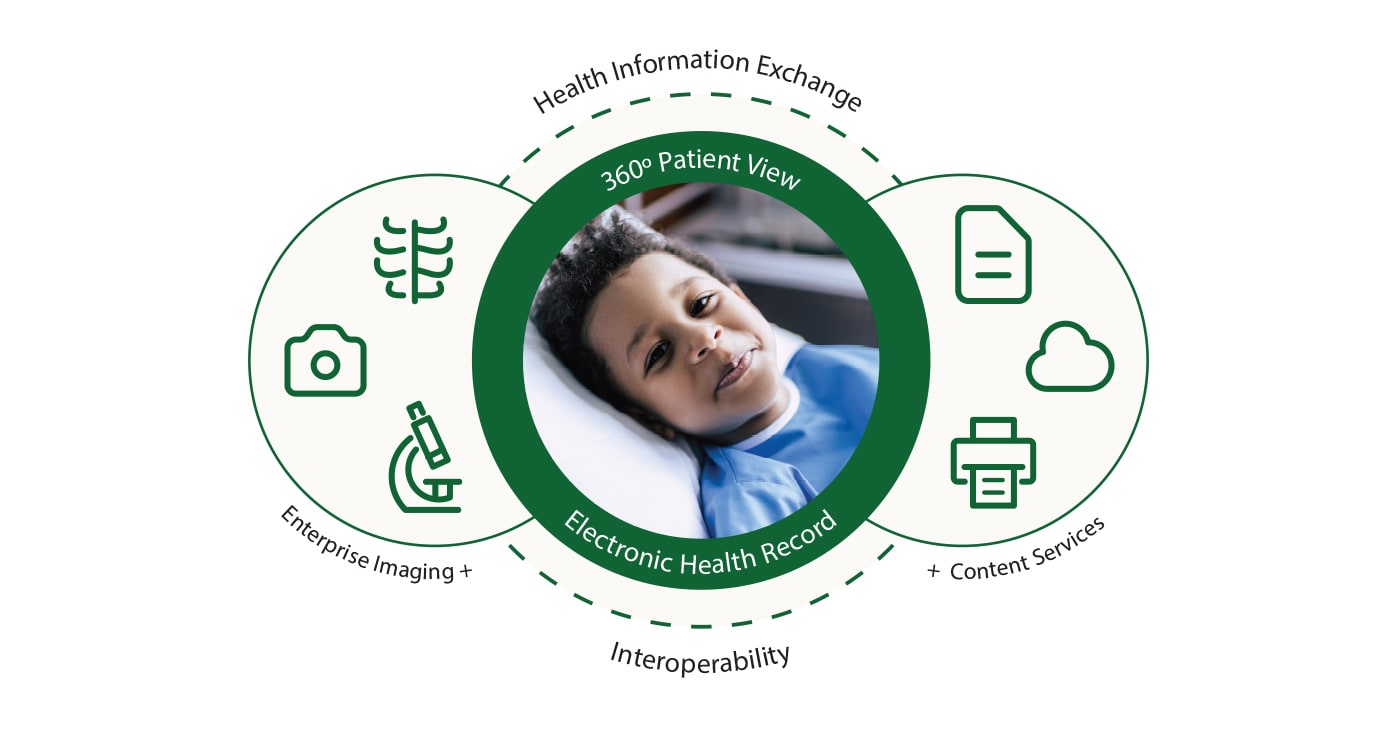Comprehensive Healthcare RCM for Improving Person Payment and Settlements
Comprehensive Healthcare RCM for Improving Person Payment and Settlements
Blog Article
A Comprehensive Guide on Just How Medical Care RCM Functions to Streamline Invoicing and Collections
Browsing the complexities of medical care income cycle management (RCM) is critical for providers intending to boost their payment and collections procedures. The guide unpacks the intricacies of RCM, from individual registration to accounts receivable administration, providing understandings right into maximizing each step.
Understanding Income Cycle Monitoring
Grasping the ins and outs of Revenue Cycle Administration (RCM) is crucial for healthcare organizations intending to optimize their economic efficiency. RCM is a crucial management feature that encompasses the entire monetary procedure of client treatment, from the first appointment readying to the last repayment of the balance. It is a complicated procedure made to determine, accumulate, and take care of the profits from the solutions given to people. Reliable RCM makes certain that medical care providers receive timely and precise settlements, lessening the threat of profits loss and boosting capital.
The RCM process begins when an individual timetables an appointment and prolongs with the person's care journey, consisting of invoicing and collections. An essential purpose is to minimize the time in between offering a service and obtaining settlement, hence boosting the organization's economic health. RCM entails different features such as patient enrollment, insurance verification, charge capture, coding, claims entry, payment publishing, and dealing with charms and rejections.
Key Parts of RCM
In the world of Profits Cycle Monitoring (RCM), comprehending its crucial components is fundamental to accomplishing financial efficiency within healthcare organizations. RCM is a comprehensive process that includes different phases, each important to guaranteeing reliable billing and collections. The main components consist of client registration, insurance policy confirmation, fee capture, coding, insurance claim submission, payment publishing, and balance due administration.


Once coded, cases are submitted to payers, where accuracy is vital to avoid rejections or delays - Healthcare RCM. Repayment publishing includes videotaping the received payments, which permits the settlement of accounts. Last but not least, balance dues management concentrates on tracking and resolving unpaid insurance claims, ensuring timely follow-up and resolution
Each part of RCM is interconnected, and inefficiencies in any part can interfere with the entire cycle. Consequently, mastering these components is vital for doctor to maximize profits and boost their economic wellness.
Techniques for Effective Payment

Systematizing invoicing procedures throughout the company is an additional crucial approach. Developing clear standards for paperwork, coding, and entry assists maintain consistency and conformity with regulative requirements. Training staff regularly on these procedures makes sure everyone is current with the current adjustments in billing codes and payer policies.
Accurate charge capture is important in avoiding earnings leak. Executing regular audits and surveillance systems enables the identification and modification of disparities prior to they affect income. Additionally, keeping open lines of interaction with payers helps to swiftly solve any kind of disputes or misunderstandings that this page may arise.

Lastly, interesting people early in the invoicing procedure by giving clear estimates and educational products about their economic responsibilities can dramatically minimize confusion and improve repayment timeliness. These approaches jointly contribute to a much more reliable and monetarily healthy payment system.
Enhancing Collections Processes
A robust collections process is important for maintaining monetary security within health care organizations. Offered the complexities of clinical invoicing and the selection of payer demands, improving the collections process involves carrying out critical actions that make certain exact and prompt repayment of services provided. Central to this is the usage of technology to automate and improve procedures, lowering hands-on mistakes and boosting performance. Automation tools can help in tracking case conditions, sending timely suggestions to patients, and managing rejections better.
Training team to understand the subtleties of insurance plan and invoicing codes is just as essential. This knowledge equips them to deal with invoicing disparities promptly and connect effectively with clients concerning their economic responsibilities. Additionally, clear and transparent individual interactions are crucial. Giving thorough descriptions of charges and using versatile layaway plan can boost individual complete satisfaction and punctual settlements.
Regular audits of the collections procedure should be carried out to identify locations for enhancement and guarantee conformity with regulations. By assessing data, medical care companies can identify trends, prepare for potential problems, and adjust methods as necessary (Healthcare RCM). Ultimately, a well-enhanced collections procedure not only supports financial wellness but additionally contributes to a much more seamless experience for people and personnel alike
Optimizing Revenue Streams
Structure upon the foundation of a solid collections procedure, health care companies can further strengthen their economic stability by purposefully optimizing profits streams. This involves a multi-faceted strategy, beginning with an extensive evaluation of existing income sources to identify ineffectiveness and areas for development. Employing innovative information analytics devices allows organizations to get understandings into payer mix, person demographics, and solution use patterns, permitting data-driven decisions that improve profits capture.
Carrying out automated invoicing systems can considerably reduce errors and quicken claims refining, ensuring that earnings is collected much more efficiently. In addition, enhancing payer agreements with regular arrangements can improve repayment prices and terms, straight impacting the bottom line. Expanding solution offerings, great post to read such as incorporating telehealth or wellness programs, can additionally attract a wider person base, thus enhancing income possibility.
Another important component is improving person involvement and complete satisfaction, as pleased individuals are more probable to follow treatment plans and make prompt repayments. Supplying flexible settlement options and transparent payment methods can boost collections and foster client commitment. Healthcare RCM. By taking on these strategies, healthcare organizations can develop a much more durable financial framework, ensuring sustained growth and stability in an ever-changing market landscape
Final Thought
Finally, health care Revenue Cycle Administration (RCM) plays a vital function in enhancing billing and collections procedures by incorporating essential parts such as individual enrollment, insurance policy confirmation, charge capture, coding, claims entry, and receivable administration. By utilizing advanced technology, standardizing treatments, and cultivating patient involvement, health care service providers can considerably decrease case denials, accelerate settlement cycles, and boost capital. This detailed approach to RCM eventually results in boosted financial performance and sustainability for health care organizations.
The RCM procedure starts when a person timetables a consultation and extends via the individual's care trip, including invoicing and collections.Another vital element is boosting patient involvement and fulfillment, as pleased people are more likely to stick to treatment strategies and make prompt repayments. Providing versatile payment choices and transparent billing techniques can improve collections and foster person commitment.In conclusion, healthcare Earnings Cycle Management (RCM) plays an essential role in optimizing billing and collections procedures by integrating crucial Resources elements such as client registration, insurance coverage verification, cost capture, coding, asserts submission, and accounts receivable administration. By using innovative modern technology, systematizing procedures, and promoting individual involvement, medical care providers can substantially lower claim denials, increase repayment cycles, and enhance money circulation.
Report this page